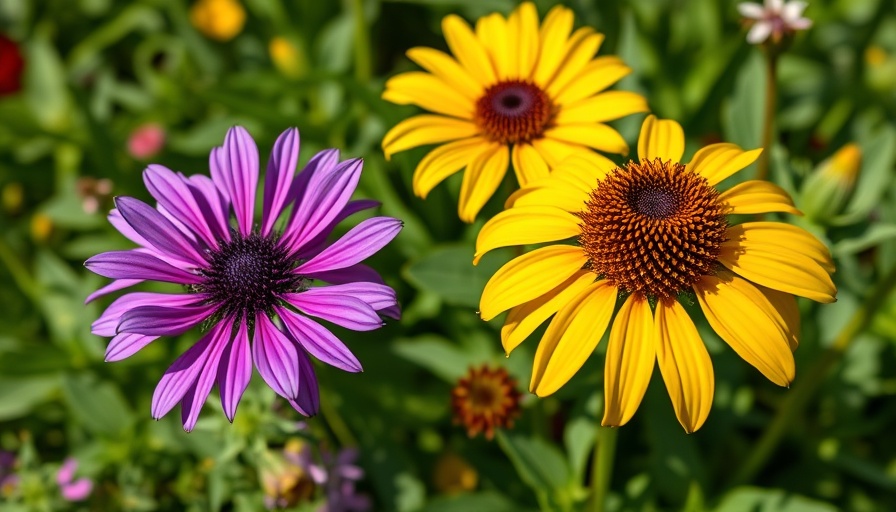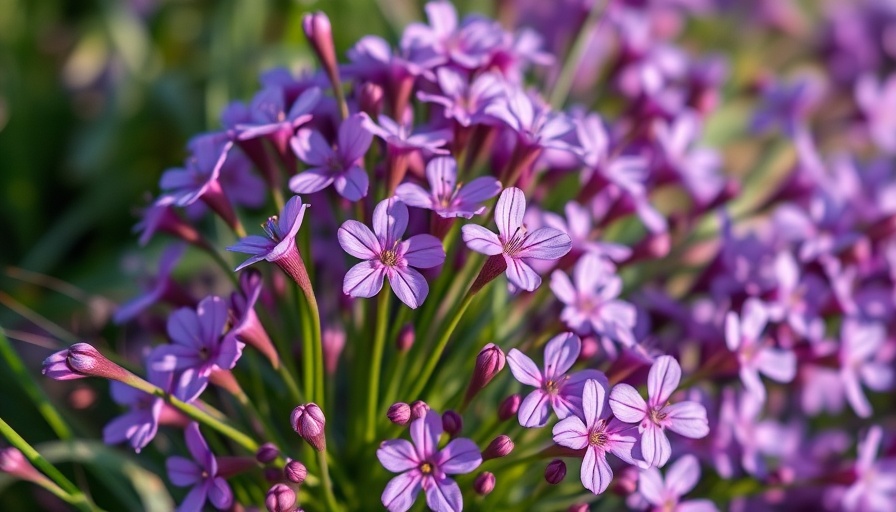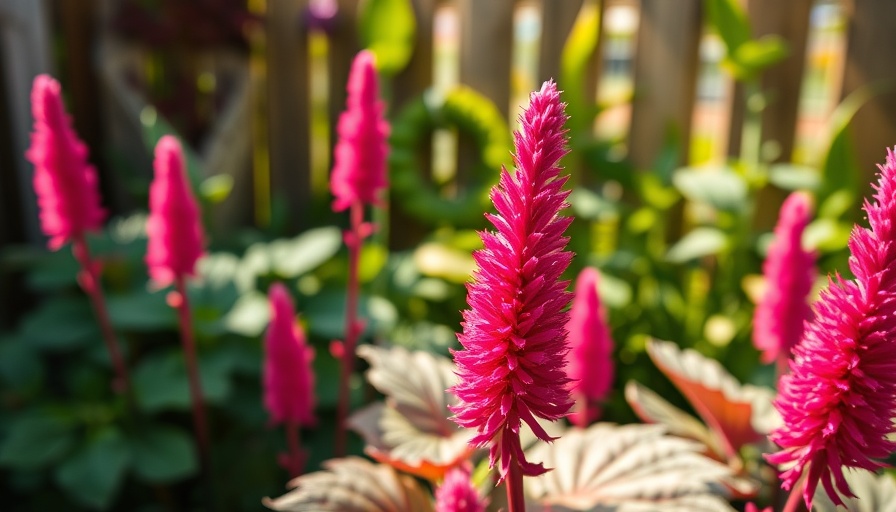
Discover the Beauty of Native Perennials in the Midwest
The Midwestern U.S. is a vibrant tapestry of ecosystems, rich with native perennials that not only brighten gardens but also support local wildlife. In this article, we'll explore some of the most stunning native plants that can transform your outdoor spaces while also providing ecological benefits.
Why Choose Native Perennials?
Native plants have adapted over centuries to thrive in local conditions, making them low-maintenance options for gardeners. They are well-suited for their environment, attracting specialized pollinators while also resisting diseases and pests typically found in non-native species. This resilience saves water, reduces the need for pesticides, and enhances the overall health of your garden.
Top Native Perennials for a Flourishing Midwest Garden
Here are several remarkable native perennials that can invigorate your garden:
- Common Milkweed (Asclepias syrica): Attracts monarch butterflies and supports their life cycle. It features clusters of pink flowers and is a must-have for butterfly enthusiasts.
- Black-Eyed Susan (Rudbeckia hirta): This bright yellow daisy-like flower blooms from summer to fall, offering a cheerful pop of color, and is a favorite among pollinators.
- Purple Coneflower (Echinacea purpurea): Known for its vibrant purple blooms, it provides nectar for various pollinators and has medicinal properties that can enhance overall wellness.
- Grape Honeysuckle (Lonicera reticulata): A climbing vine with vibrant yellow and orange flowers that attract hummingbirds and bees, adding vertical interest to garden designs.
- Wild Bergamot (Monarda fistulosa): With fragrant lavender flowers, this plant attracts bees and butterflies, making it a delightful addition that also serves culinary uses.
- New England Aster (Symphyotrichum novae-angliae): A late-season bloomer that bursts with purple and pink colors, it provides crucial nectar for pollinators in the early fall.
Creating an Ecological Garden
By incorporating these native perennials into your landscape, you'll contribute to the health of local ecosystems while enjoying the benefits of low maintenance and seasonal beauty. Utilizing resources like the USDA Plants Database can help you select the best plants for your specific environment, ensuring that your garden flourishes.
Practical Tips for Incorporating Native Plants
When planning your native garden, consider the following:
- Research suitable plants for your microclimate to ensure they thrive.
- Design a flower bed layout that provides a mix of heights and bloom times for ongoing visual interest.
- Experiment with container gardening for those with limited space, using eco-friendly yard care principles.
- Consider raised garden beds for a manageable gardening experience while also improving drainage.
The Bottom Line: Your Journey to a Vibrant Garden
As outdoor living enthusiasts, embracing the beauty and practicality of native perennials can lead to a stunning, sustainable garden oasis that attracts pollinators and benefits the local environment. You can also explore backyard makeover ideas that incorporate these spectacular plants into your space, enhancing both beauty and functionality.
Don't hesitate to dive into the dynamic world of native gardening and witness the transformation in your own backyard!
 Add Row
Add Row  Add
Add 




Write A Comment